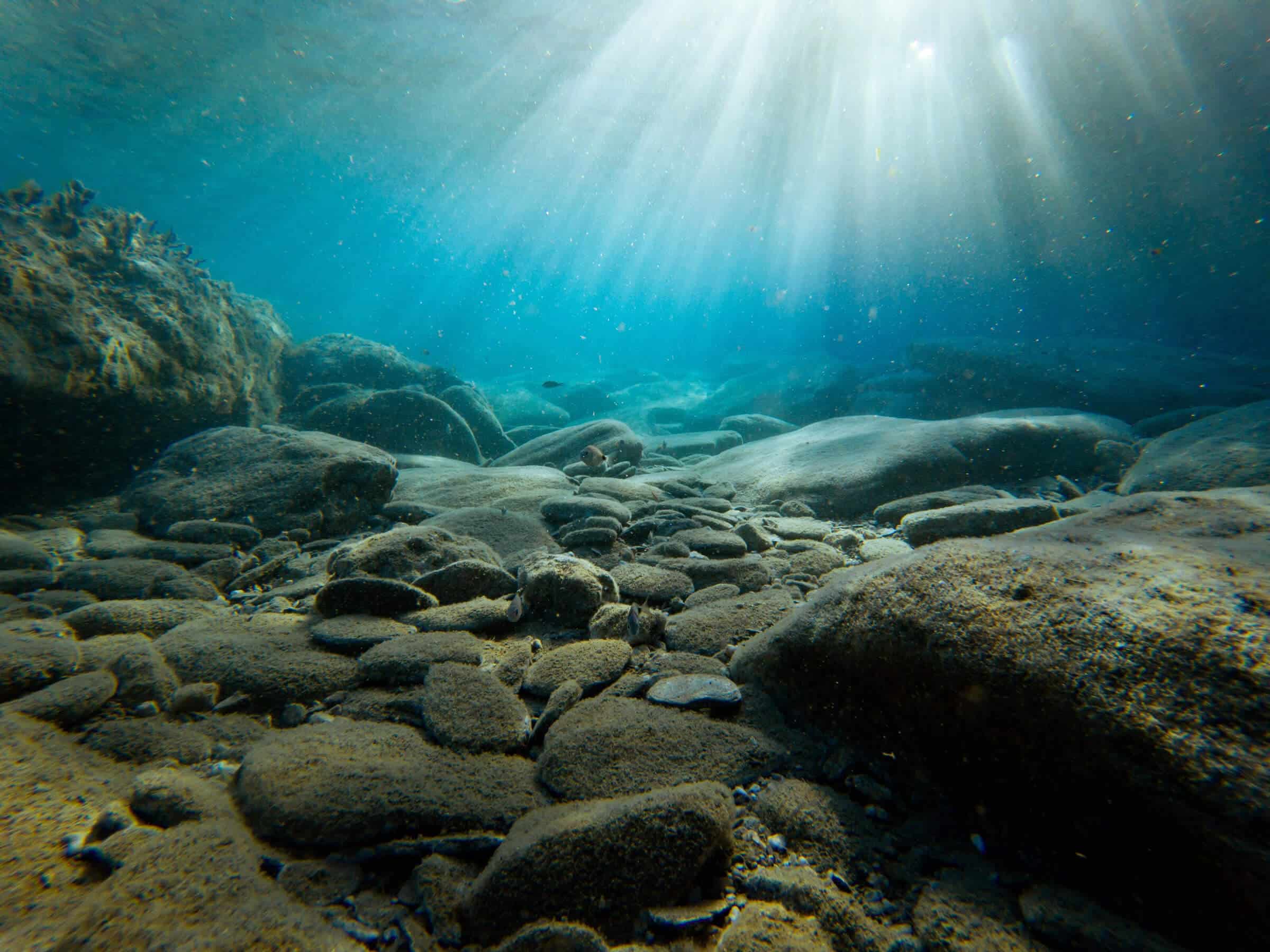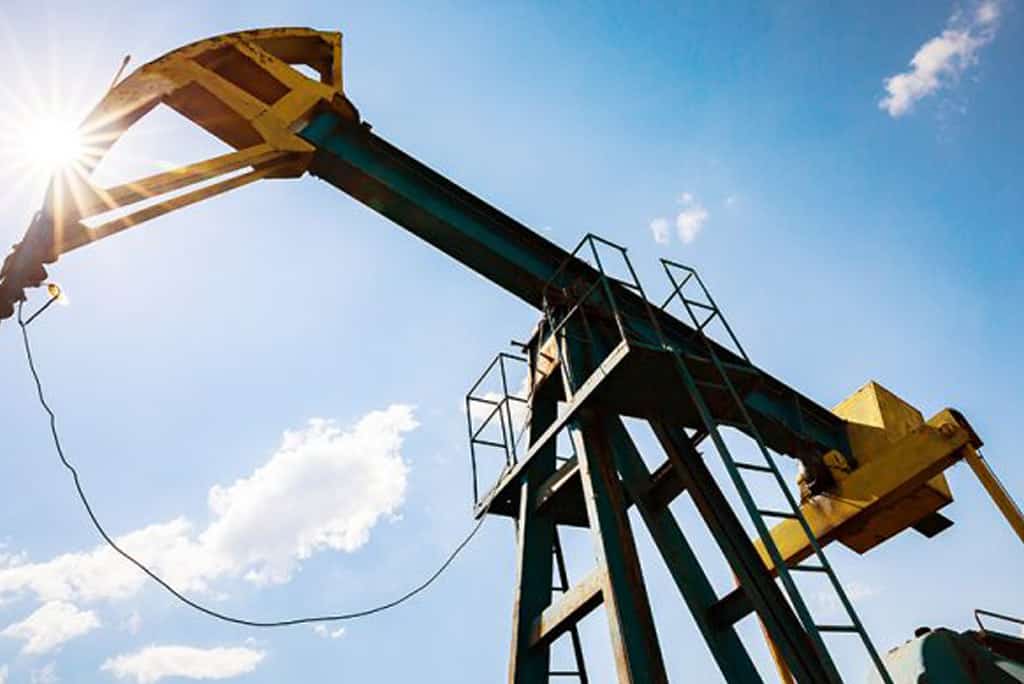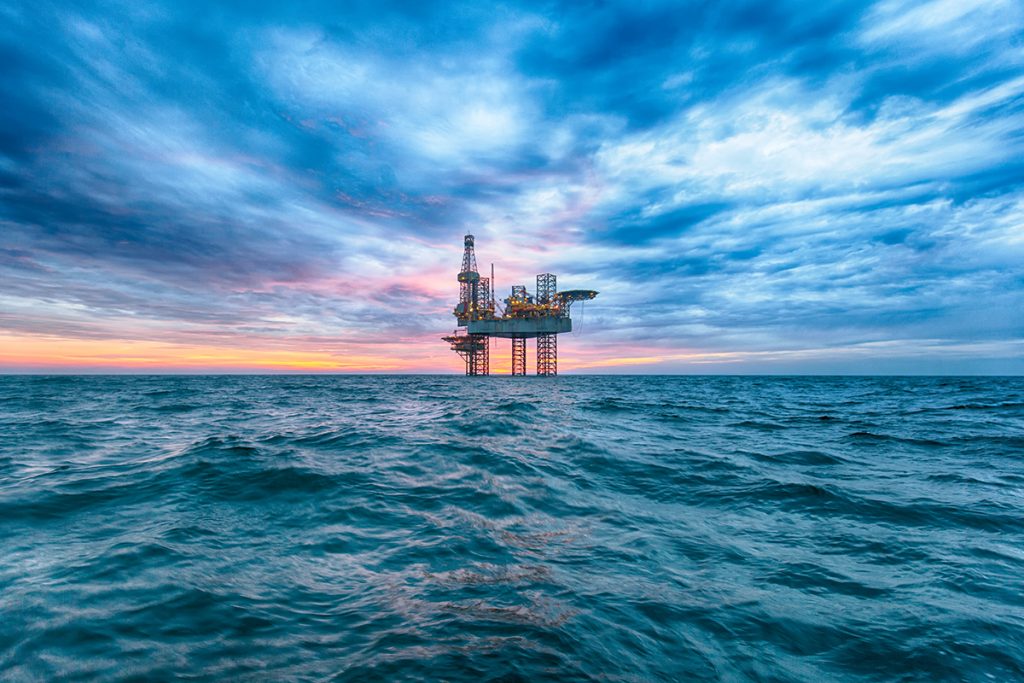Petroleum, a general term used for oil and natural gas, plays an important role in our community.
Use the links below to find out more about oil and gas, including where they come from, how they are formed and how they get from the sub-surface to your home.

Oil and Gas 101
Over millions and millions of years, the remains of plants and animals (organic matter) built up in thick layers on the earth’s surface and ocean floors. Over time, these layers became buried under sand, silt, and rock. Pressure and heat then changed some of this carbon and hydrogen-rich material into coal, oil, and natural gas.

Exploration
This is the first phase of oil and gas projects. Oil and gas explorers begin by examining the local geology. They assess if it is likely to have the kinds of rocks that can produce oil and gas and can form reservoirs that can hold oil and gas.
They then use technology, such as seismic surveys, to detect whether the rocks are likely to contain oil and gas deposits and how large these deposits are likely to be. This helps specialist geologists determine where and how deep to drill a well.

Production
If exploration is successful and oil or gas is discovered, a wellhead is placed on the surface to maintain control of the well and the well is pressure-tested to ensure that it is safe.
The wellhead contains barriers, valves, seals, and a gas/water separator. It allows the pressure of the well and the flow of fluids to be controlled at the surface.

Decommissioning
Decommissioning is a normal activity undertaken in the lifecycle of a well – both for onshore and offshore projects.
Decommissioning involves safely shutting down the well and satisfactorily disposing of the infrastructure previously used to support the production phase of a project.
